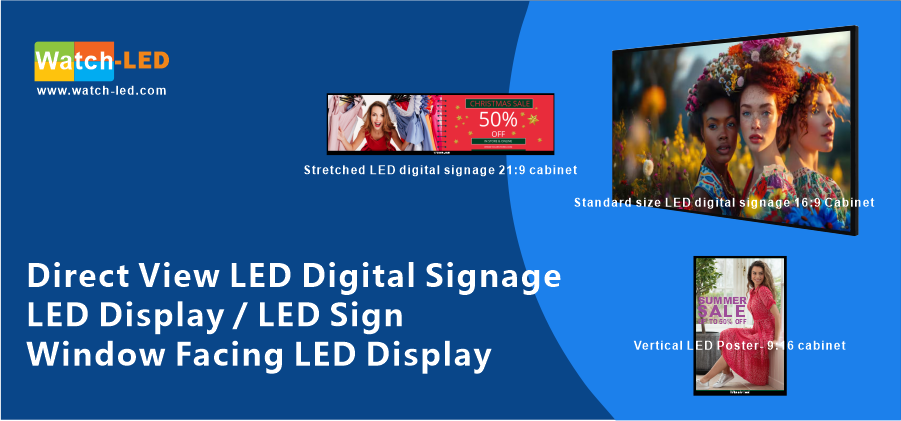Why Direct-View LED Adoption Is Gaining Momentum
The crisp picture and vibrant color of these displays can improve awareness and entertain audiencesHigh-quality digital signage can be used for a vari …
View More
Monika Lindquist, marketing and communications director at Visual Art, and writing for Digital Signage Today, says that LED technology has, more or less, revolutionised the world around digital signage and digital communication channels in general. LED has also started to be used in smaller formats.
The reason is simple. As technology has developed and prices have decreased, the modular possibilities with LED have created completely new possibilities. By easily assembling smaller parts into a larger unit, it has been possible to build screens in sizes that had not previously been possible, or at least very complicated and expensive. But now it’s time to rethink this as LED has also started to be used in the smaller formats.
It’s easy to assume that a large screen attracts viewers. And although it was a truth in the past, this has changed. As large screens become an increasingly common part of our everyday lives, our brain functions as it always does with what is frequently occurring, sorts it out and directs attention to something else. Of course, depending on the content, but to push a point, we generalise. What we were previously impressed by does no longer mesmerise us, nor generates a ‘Wow!’
By using the power of technology with human creativity, it is possible to break the norm, think bigger and create completely new sizes, shapes and forms, which can make the brain direct its attention towards it and then focus on what is shown on the screens.
The easiest example to visualise this is that we imagine four corner pillars around a stand in a store. By building the ends as screens and dividing the content on all four sides, so that together they show a whole depending on the angle from which we look, we have created an installation that makes the brain start thinking. It breaks the usual pattern of what a screen ‘should’ look like. It breaks the pattern around what we expect and thus automatically arouses curiosity and interest in the viewer.
Another exciting and illustrative example is a shopping centre in Germany which today has a giant LED screen in the middle of the building, which no one is looking at. There, visitors are now looking at a solution with 100 screens in a long corridor instead. A digital corridor where the content is linked between the screens in a way that is guaranteed to make both the eyes and brain wake up.
Maintenance, both technically and in terms of content, becomes more challenging with 100 screens instead of 1. However, the investment does not have to be more expensive. If we look at the prices per inch of screen today, it can even be cheaper in the end. Also, in terms of service and maintenance as it is easier to replace individual, smaller units than a large one.
In terms of content, it creates new type of demands, but that work is facilitated by a smart digital signage software in the background. However, those who produce the content must learn to think new because it is basically a new way of communicating.
For the LED of the future, the small screen, it requires significantly smarter digital signage software and not least smarter creators, for the future has no fixed formats.
This article appears in Digital Signage Today.
Copyright © 2024-2034 Watch-LED. All Rights.